
| INSIDE THIS ISSUE | Rodent Pests in Hong Kong | Differences between Mosquitoes and Biting Midges |
|---|
Rodent Pests in Hong Kong
Introduction
Rats and mice are the most diverse group of rodents worldwide. They are characterized by having a single pair of sharp, ever-growing incisors in the upper and lower jaws, coupled with the absence of canine teeth. They are also the most successful group of animals, as revealed by their agile burrowing, climbing, jumping and swimming abilities. They are also prolific breeders with acute hearing, smelling and touch senses. They also possess keen memory on the surrounding environments. All these abilities have enabled them to survive in a broad range of habitats.
Whilst a majority of rats and mice thrive in the natural environments, some species have adapted to the human settlements, causing nuisance to the human populations. The major harms caused by these commensal rodents, or rodent pests, include:
| 1. | Economic losses and illnesses caused by their consumption and contamination of our field crops and stored foods. |
|---|---|
| 2. | Economic and property losses caused by their burrowing and gnawing habits. |
| 3. | Fire hazards resulted from their gnawing on electric wires and cables. |
| 4. | Health risks to humans as they, along with the associated ectoparasites, are hosts or vectors of various kinds of communicable diseases. |
In Hong Kong, there are three species of rodent pests commonly found in the urban environments: the Norway rat or sewer rat (Rattus norvegicus), the roof rat (Rattus rattus), and the house mouse (Mus musculus). The following table summarizes the identification details of these three rodent pests:
| Norway Rat | Roof Rat | House Mouse | |
|---|---|---|---|
| Adult size | Large (about 32-47cm from the head to the tip of the tail) | Medium (about 27-43cm from the head to the tip of the tail) | Small (about 7-20cm from the head to the tip of the tail) |
| Adult weight | 200-450g | 120-225g | 15-30g |
| Head | Small in proportion to body; Blunt nose and muzzle |
Large in proportion to body; Pointed nose and muzzle |
Large in proportion to body; Pointed nose and muzzle |
| Ears | Small. Do not cover eyes when pulled forward | Large. Cover eyes when pulled forward | Large. Cover eyes when pulled forward |
| Eyes | Small | Large | Large |
| Tail | Shorter than head-and-body length; Thick with paler underside |
Longer than head-and-body length; Uniformly dark |
Slightly shorter or longer than head-and-body length; Scaly with uniform greyish-brown colour |
| Body | Stocky with brown / grey / dark fur; Belly colour varies from grey to pale brown |
Slender with uniform greyish-brown / dark fur; Belly colour varies from grey to creamy-white |
Small and slender with brown / greyish brown fur; Belly colour similar |
| Droppings | Large (~1.9 cm) and capsule shaped | Small (~1.3 cm) and spindle shaped | Small (~0.3 cm) and rod shaped |
| Habits | Agile swimmer that climbs less frequent than other rats; Ground dwelling, often nests in burrows; Also inhabit underground sewers; Nocturnal |
Agile climber that rarely swims and burrows; Frequents overhanging structures such as attics, false ceilings, roof spaces, and crossbeams of the buildings; Nocturnal |
Agile climber; Usually found indoors particularly around food storage; Nocturnal but also moderately active during daytime |
Prevention and Control
The most fundamental and effective way of rodent prevention and control is to eliminate the food, harbourage and passages for the pest. This can be achieved via proper handling of refuse, storage of food, and keeping of articles. Blockage/ elimination of rodent passages through installation of gratings, wire mesh or metal plates etc. are structural rodent-proofing measures essential for successful rodent disinfestation with rodenticides or trapping.
To facilitate the planning of rodent prevention and control strategies, the Pest Control Advisory Section (PCAS) of Food and Environmental Hygiene Department (FEHD) has been conducting routine, territory-wide Rodent Infestation Survey to monitor the rodent problem in different areas since 2000. Rat-flea Surveys have also been conducted at the port areas and areas with different environmental conditions in the community to assess the risk of local plague transmission. To enhance the public alert on rodent prevention, and to enlist support from the community in controlling rodents, territory-wide interdepartmental Anti-rodent Campaign is held every year. Meanwhile, FEHD also carries out regular anti-rodent operations at strategic locations over the territory.
Further information on rodent prevention and control/ 2006 Anti-rodent Campaign can be obtained from other pages of the FEHD official website. (http://www.fehd.gov.hk/english/pestcontrol/Pcas.html)
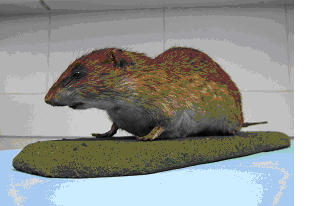
Rattus norvegicus
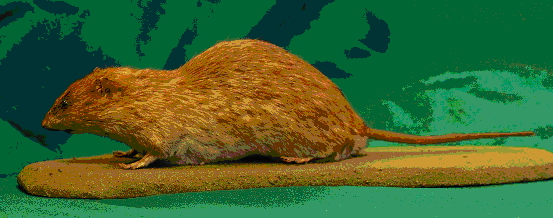
Rattus norvegicus
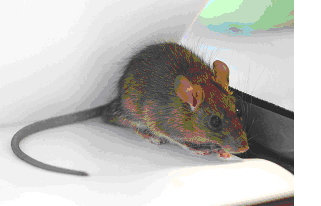
Rattus rattus
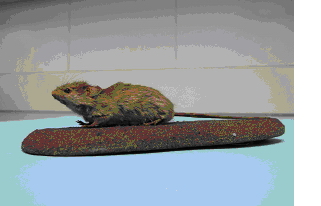
Mus musculus
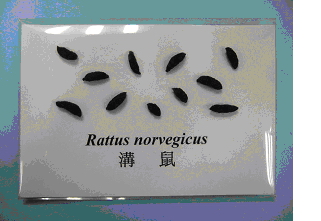
Droppings of Rattus norvegicus
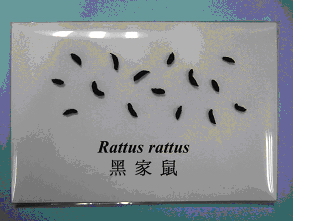
Droppings of Rattus rattus
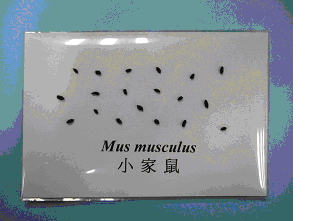
Droppings of Mus musculus


Poor environmental hygiene is prone to rodent infestation
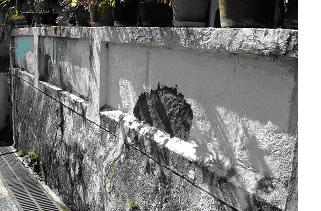
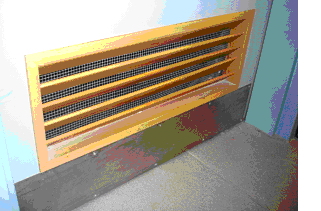
Rodent-proofing measures are crucial for successful rodent prevention and control
Differences between Mosquitoes and Biting Midges
Both biting midges and mosquitoes are frequent biters of humans and other vertebrates. Biting midges are very often mistaken for mosquitoes by people complaining insect bites. In this issue, the biology and medical importance of biting midges and mosquitoes are compared to illustrate their similarities and differences.
| Mosquitoes | Biting Midges | |||||||||||||
|---|---|---|---|---|---|---|---|---|---|---|---|---|---|---|
| Taxonomical classification |
Class Insecta Order Diptera Family Culicidae |
 |
Class Insecta Order Diptera Family Ceratopogonidae |
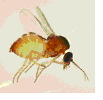 |
||||||||||
| Life cycle |
|
|
||||||||||||
| Breeding habitat | Water | Usually on surface of mud or wet soil | ||||||||||||
| Egg | Brown or black | White or yellowish when laid (but turn black later) | ||||||||||||
| Larva | Aquatic; with distinct body regions |
Aquatic or semi-aquatic; without distinct body regions except for the head |
||||||||||||
| Adult size | About 2-10 mm long; | About 1-4 mm long; (about half of the body size of an adult mosquito visually) | ||||||||||||
| Adult morphology | Long and slender body; long legs; long proboscis |
Robust body; short and stout legs; short proboscis |
||||||||||||
| Adult female | With piercing and sucking mouthpart; most are blood-feeding | With piercing and sucking mouthpart; some are blood-feeding |
||||||||||||
| Flight ability | Usually strong flier (can be up to 2 km from the breeding site) | Usually weak flier (usually less than 100 m from the breeding site) | ||||||||||||
| Medical Importance | Regarded as important human disease vector which can transmit diseases like malaria, dengue fever, Japanese encephalitis; cause irritation through bites |
Generally not regarded as an important human disease vector, though some can transmit parasite and virus to humans; cause irritation through bites |
||||||||||||
| Prevention and control | Breeding of the insect can be avoided by prevention of stagnant or slow flowing water from the access of adult mosquitoes; insect can be killed by application of insecticide. |
Keeping the soil surface dry and avoiding accumulation of decaying vegetation can prevent breeding of the insect; regular trimming of densely grown vegetation would help to keep the soil surface dry and reduce the resting places of the insect; insect can be killed by application of insecticide. |
||||||||||||
More informaiton on pest prevention and control can be obtained from other pages of our website


